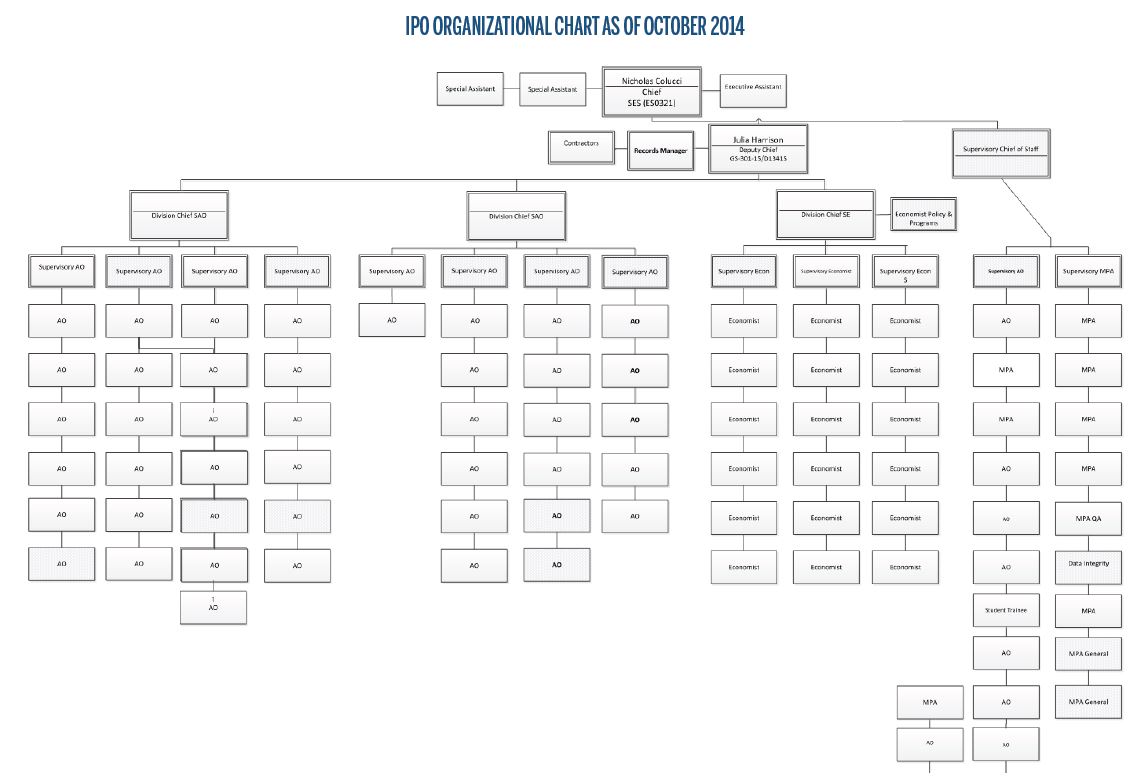 2014 USCIS EB-5 Adjudicator Training Materials (Vol. 2, Issue 4, December 2014, Pgs. 36-37)
2014 USCIS EB-5 Adjudicator Training Materials (Vol. 2, Issue 4, December 2014, Pgs. 36-37)
By Suzanne Lazicki, Lucid Professional Writing
What do we have?
Through a Freedom of Information Act (FOIA) request, IIUSA has obtained copies of materials used in a training program for new personnel at the USCIS Investor Program Office (IPO) in April 2014. The 502 pages of slide presentations and handouts introduce USCIS and the EB-5 program, describe and interpret statutory and regulatory requirements, and teach guidelines and procedures for file review.
What’s new?
The April 2014 materials indicate that USCIS has significantly revised and expanded its EB-5 training since 2011, the date of the last set of EB-5 training documents released via FOIA request.
- Regional Center Adjudication: The 2014 training program has six modules plus a two-week practice period dedicated to Regional Center adjudications, as compared with four Regional
Center-focused modules in 2011 and two in 2008. The 2014 presentations take care to distinguish how investment and job creation requirements apply in Regional Center cases and direct EB-5 cases. - Economist Training: While the 2011 EB-5 training program introduced a short session on economic analysis, the 2014 program devotes a full day to economist training. The materials for economist training define the role of economists in the adjudication process, explain typical Regional Center investment structures, define business plan credibility, discuss economic model job verification, and describe how economic models and multipliers work. The training materials feature a template for economist due diligence review, including lists of questions to ask of Regional Center applications, business plans, and economic impact analysis. They also address issues related to expense eligibility, construction cost evidence, tenant occupancy, hotel visitor spending, and I-O model misuse.
- Collaboration: The 2014 training materials reflect a commitment to interagency and intra-agency collaboration. The program begins with a day of presentations that describe the mission and organization of DHS and USCIS as background for the Investor Program Office, and that place EB-5 within the wider context of immigrant and non-immigrant visa programs. The presentations emphasize the importance of USCIS cooperation with Customs and Border Protection and Immigration and Customs Enforcement, as well as with strategic partners such as the State Department and FBI. Collaboration within the Investor Program Office is encouraged through an information sharing intranet. This “Electronic Com-munications Network” allows employees to search for documents and ask and answer questions such as “What is the dress code policy?” (FAQ section), “What organization has authority to designate TEAs for a given state?” (TEA Designation Letters section), “Where can I find previously approved exemplar documents associated with my petition?” (Exemplar Organizational Documents section), and “Where can I find the documents and decision and adjudicator associated with a given case number?” (Case Adjudication Section). This intranet apparently makes case information readily available to all staff and facilitates knowledge-sharing among employees.
- Fraud Prevention: In describing each EB-5 requirement, the 2014 training materials take care to give examples of red flags and to instruct trainees on proper procedures for dealing with deficiencies, derogatory evidence, and signs of fraud.
- Restraint: While encouraging vigilance, the 2014 training materials also emphasize that USCIS evaluation must be restrained by procedures and guidelines. The presentation on burden and standard of proof is placed early in the training program and significantly expanded from previous years. In subsequent presentations, descriptions of regulatory requirements and appropriate types of evidence are often followed by a reminder to trainees not to impose additional requirements (e.g. for source of funds) or demand unreasonable evidence (e.g. for legal employment) or exceed their mandate (e.g. assessing investment suitability). Trainees are instructed to adhere to the preponderance of the evidence standard and to follow defined procedures in the event that they identify a problem.
- Practical Guidance and Guided Practice: The 2014 program includes more practical tips and practice sessions than evident in the training materials from previous years. The new materials contain less theoretical background than before (for example no in-depth presentations on the AAO precedent decisions or federal EB-5 cases) and more slides devoted to interpretation and practical application of regulatory requirements. The first two weeks focus on imparting information and teaching trainees what to do with that information, while the third and fourth weeks involve guided practice. The 2014 training program culminates in a case certification with a practical goal: “to have the AO trainee demonstrate a clear understanding of the underlying case eligibility issues and to render the appropriate decision/action.”

The April 2014 training materials obtained by IIUSA through the FOIA process represent only a subset of the on-going training activities at USCIS. In his May 2014 address at the IIUSA Advocacy Conference, IPO Chief Nicholas Colucci mentioned additional professional development activities and special courses on topics such as business organizations and documents, international banking and money laundering, and drafting clear and concise requests for evidence and decision letters. This training reflects Mr. Colucci’s commitment to build a foundation of knowledgeable staff and to strengthen the EB-5 program through improved performance and predictability.
The training materials are available in-full by accessing the USCIS resources tab within the IIUSA member portal (member.iiusa.org). ■
RCBJ Retrospective articles are reprinted from IIUSA’s Regional Center Business Journal trade magazine. Opinions expressed within these articles do not necessarily represent the views of IIUSA and are provided for educational purposes.








